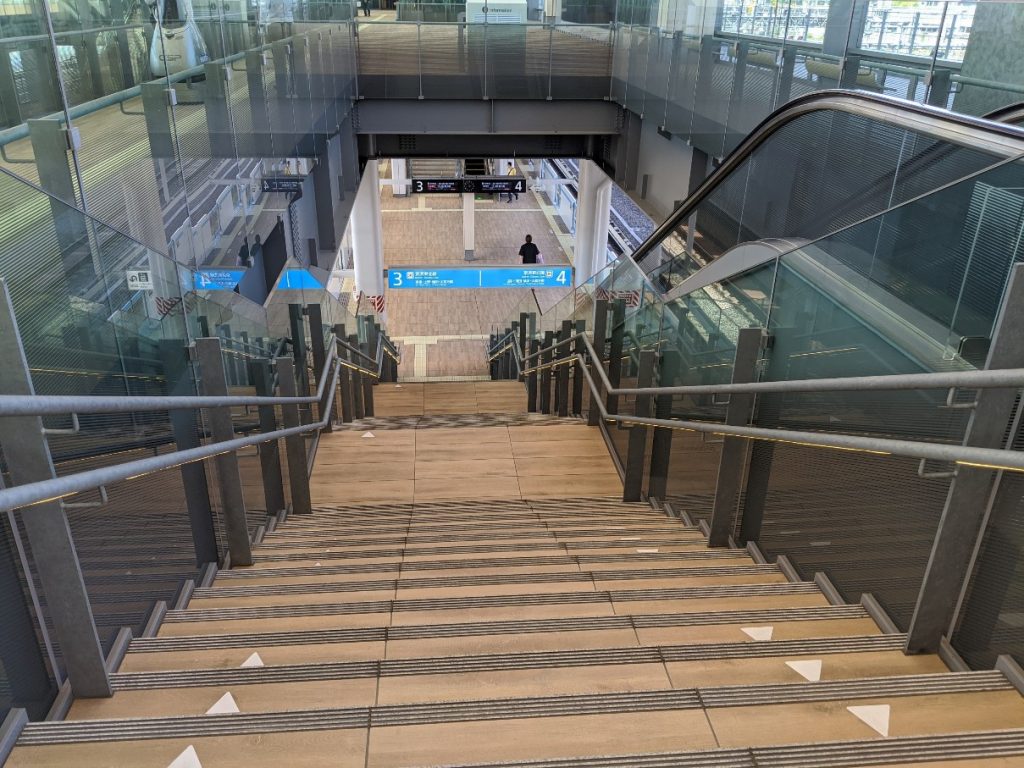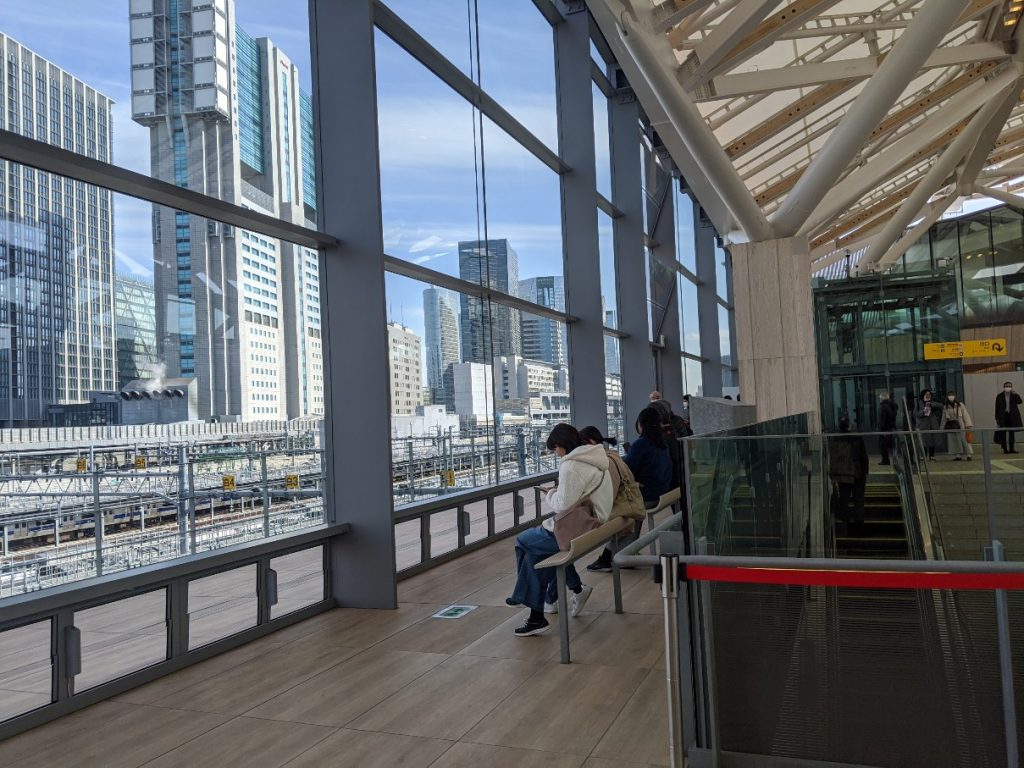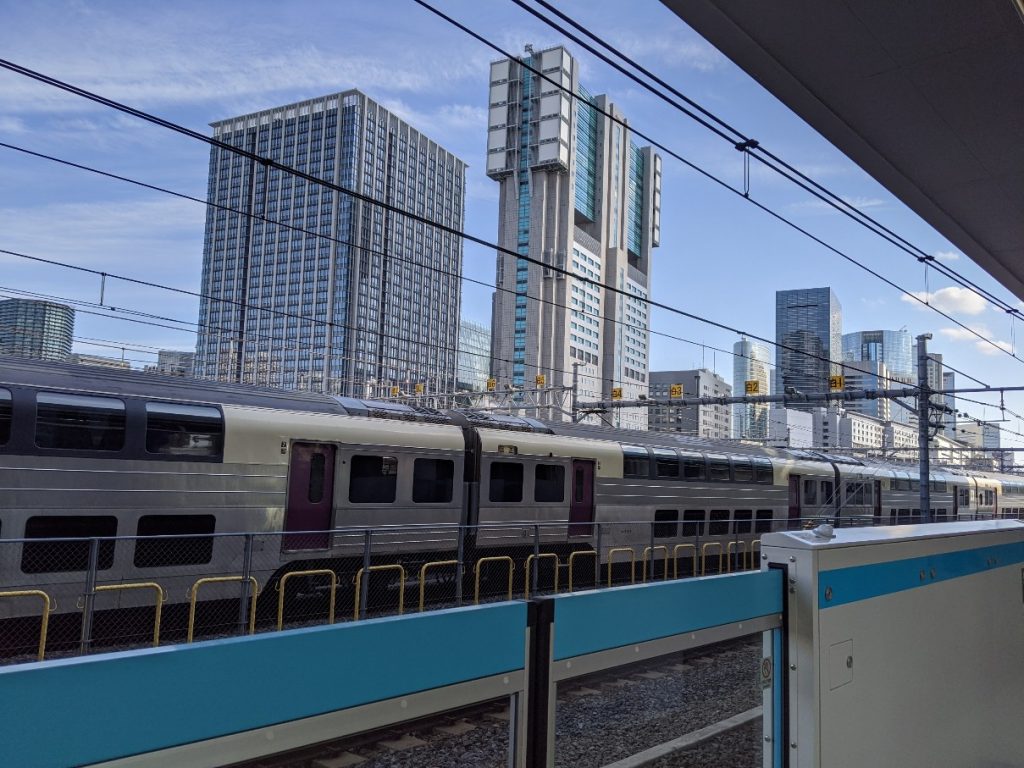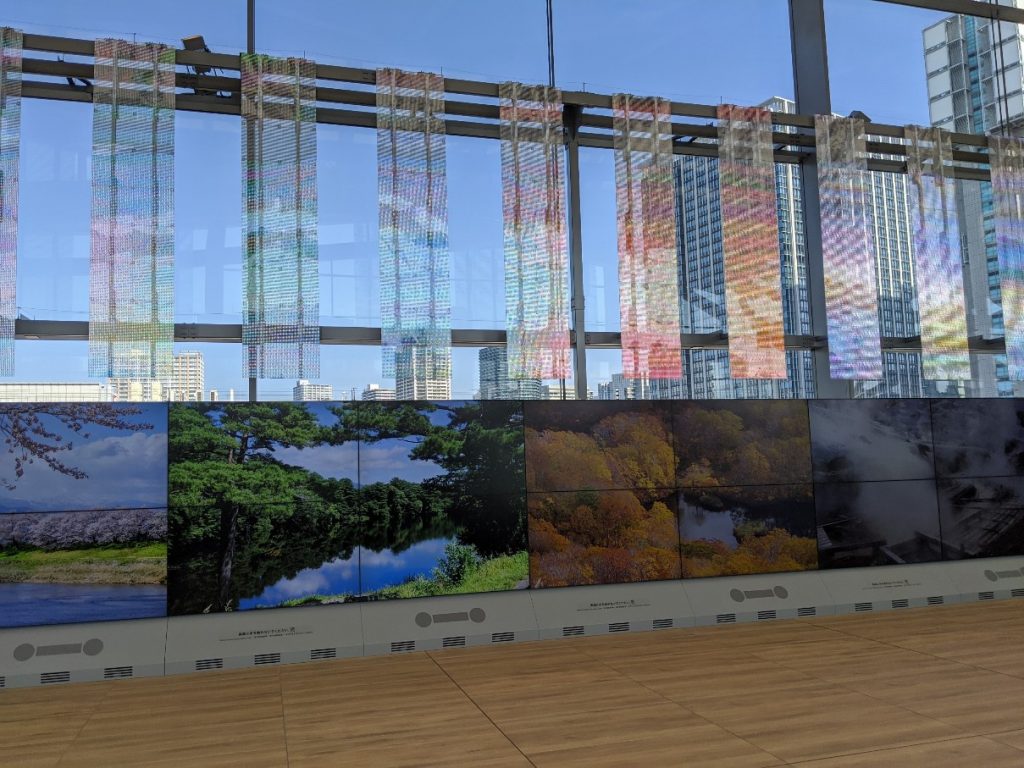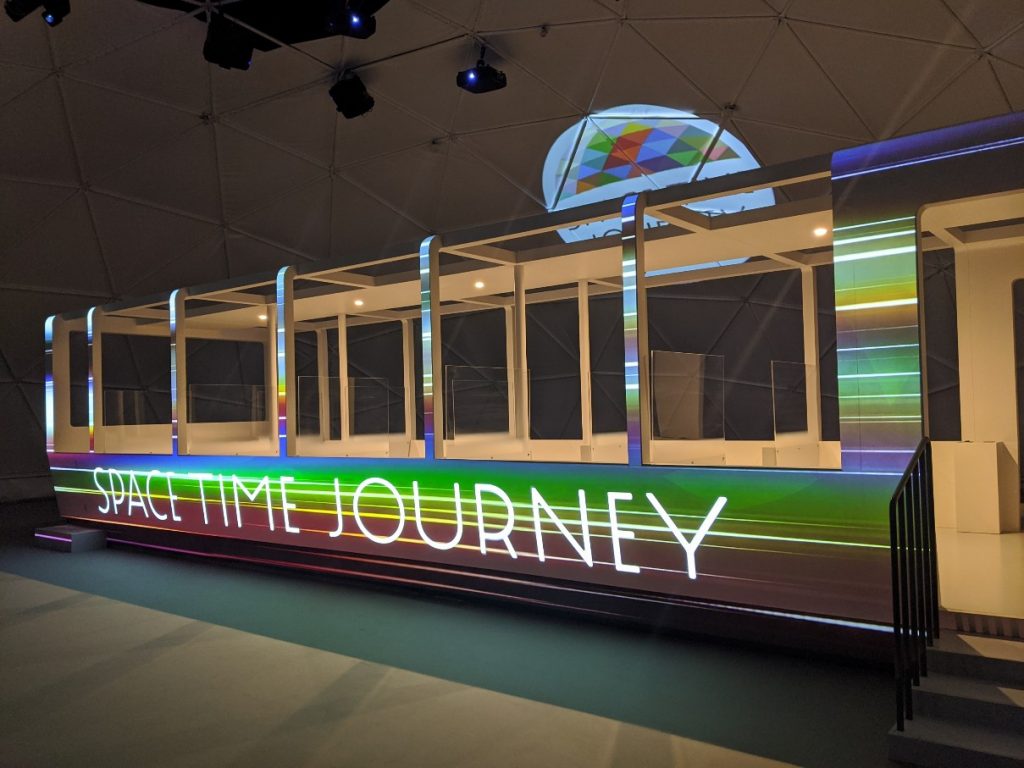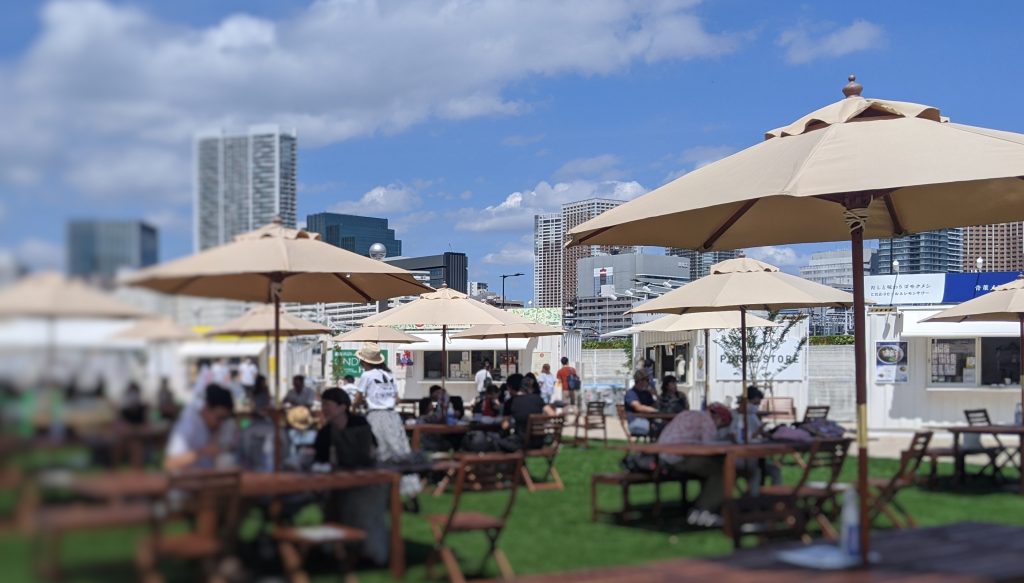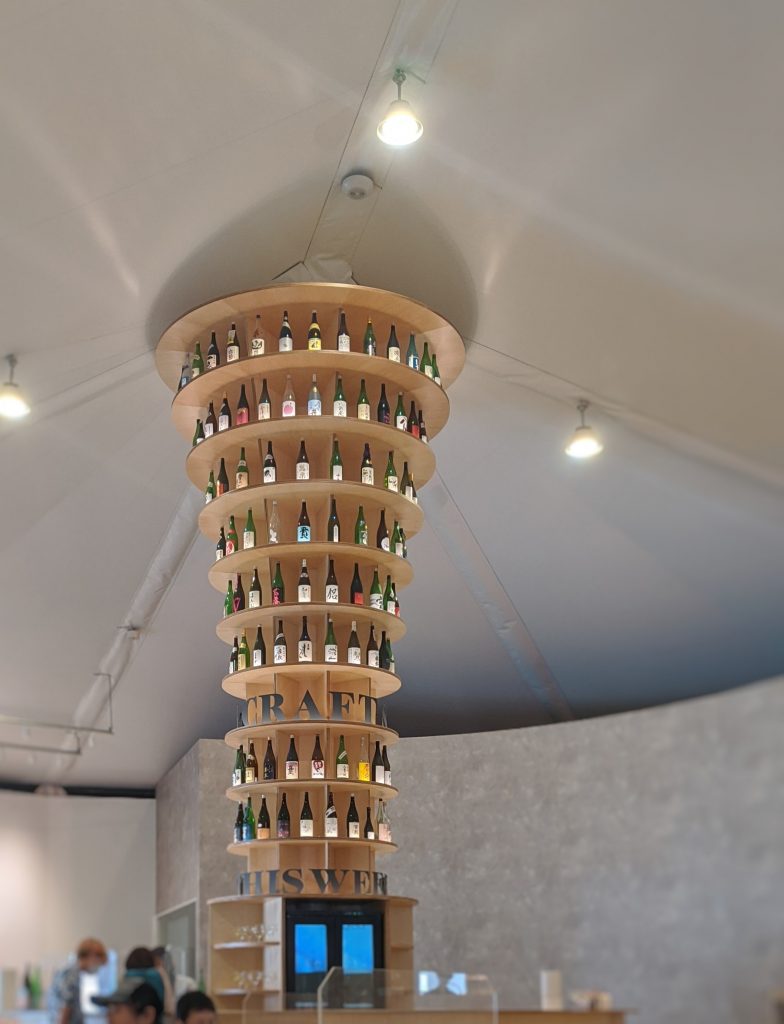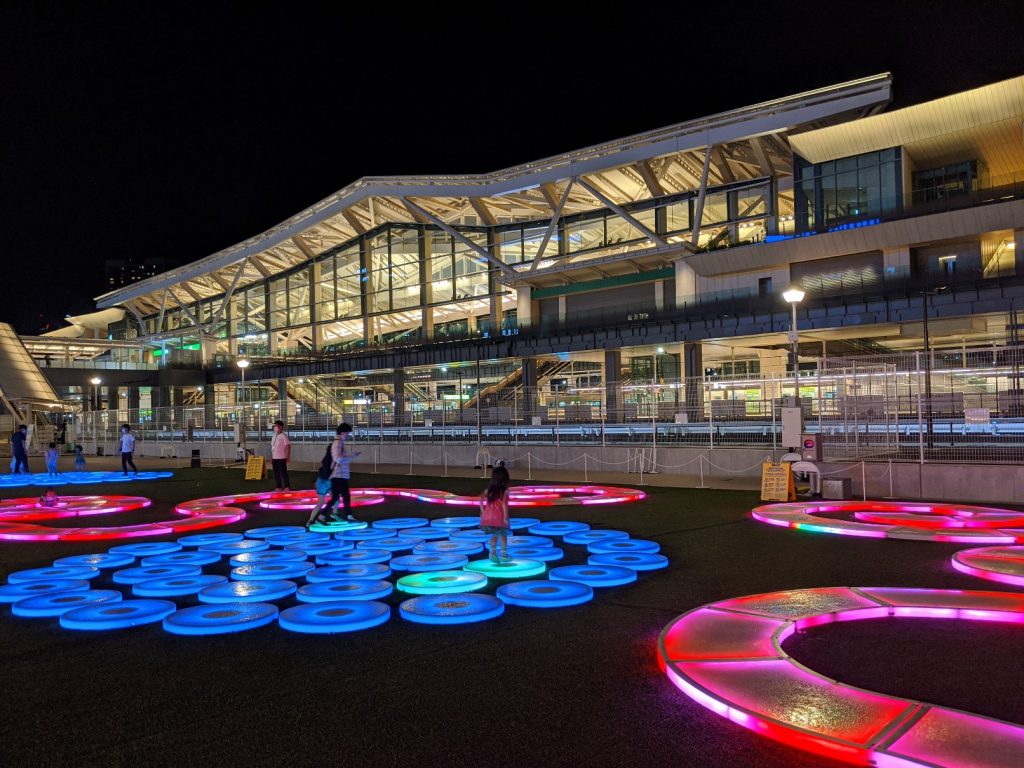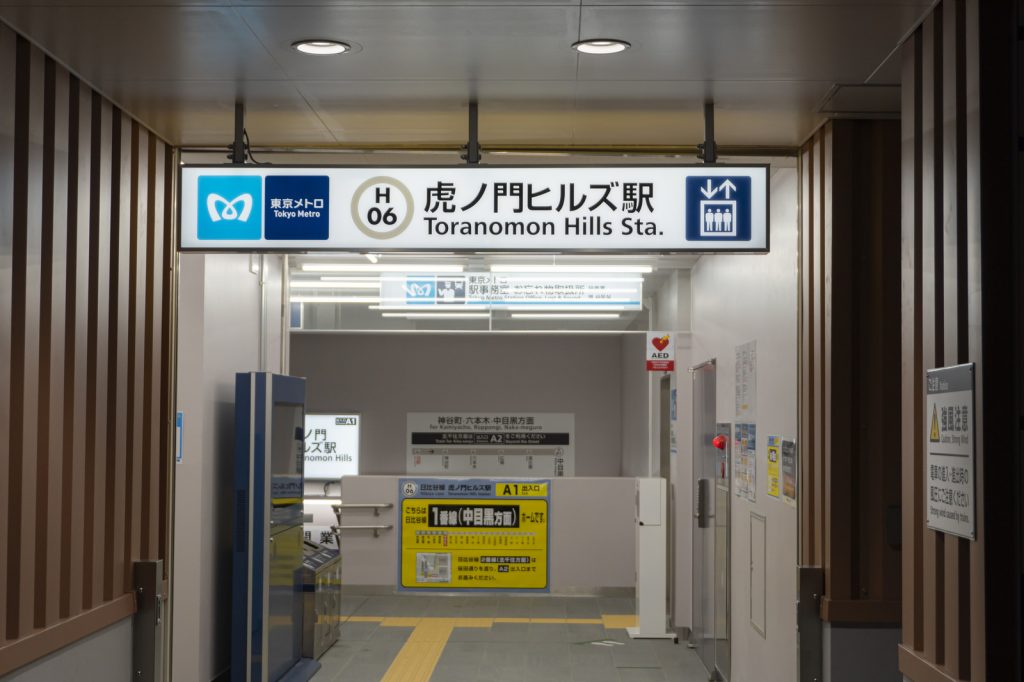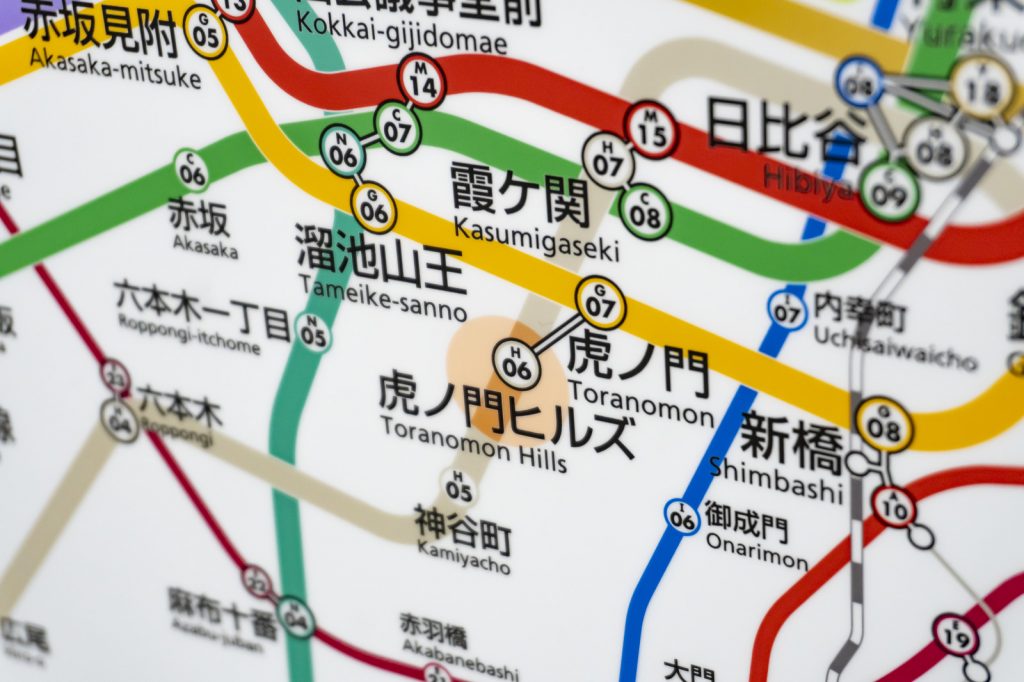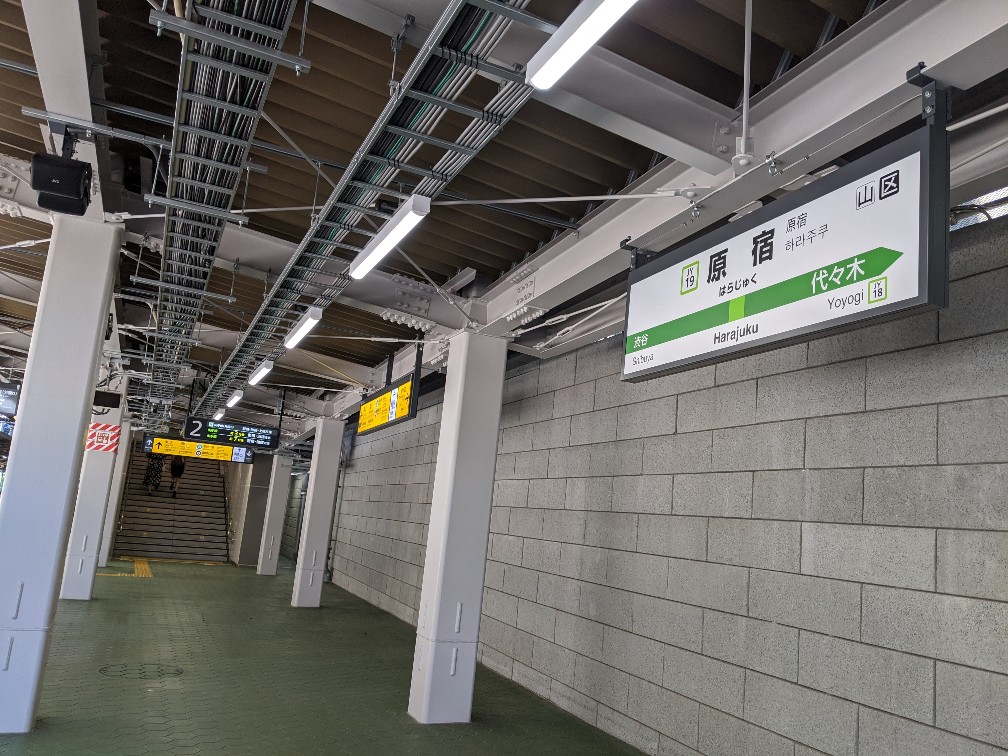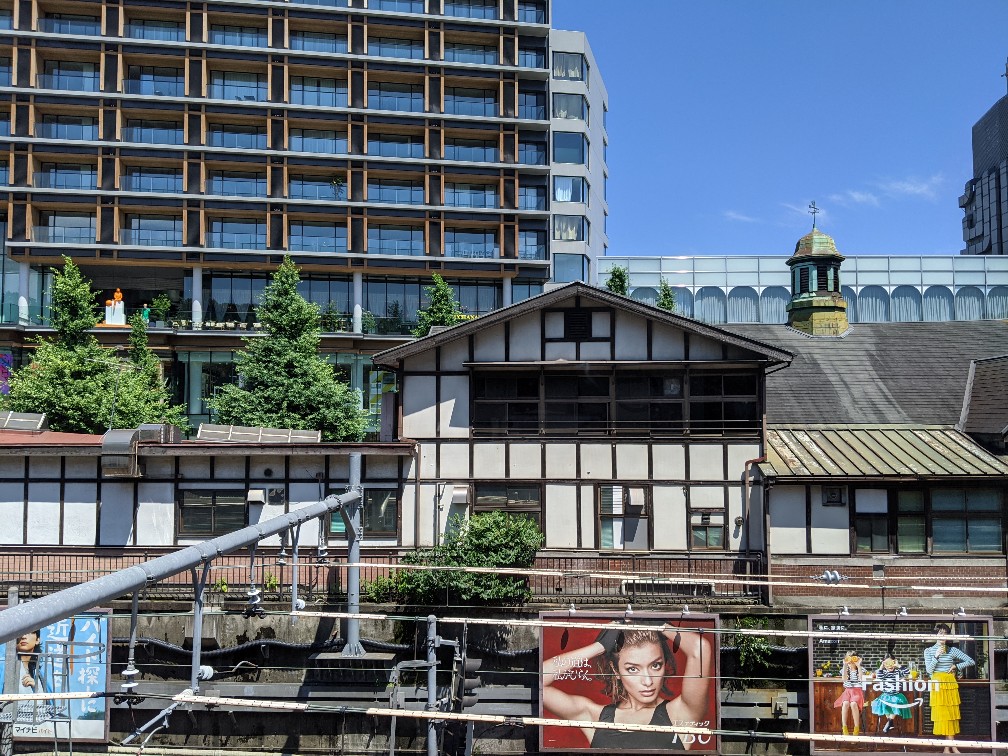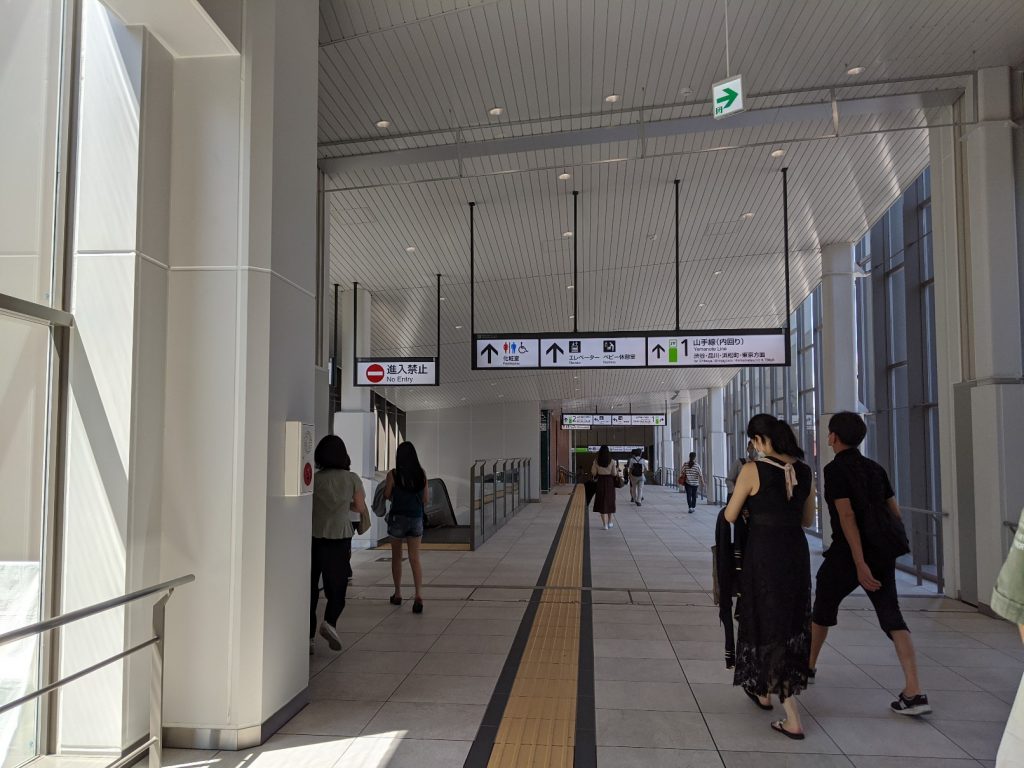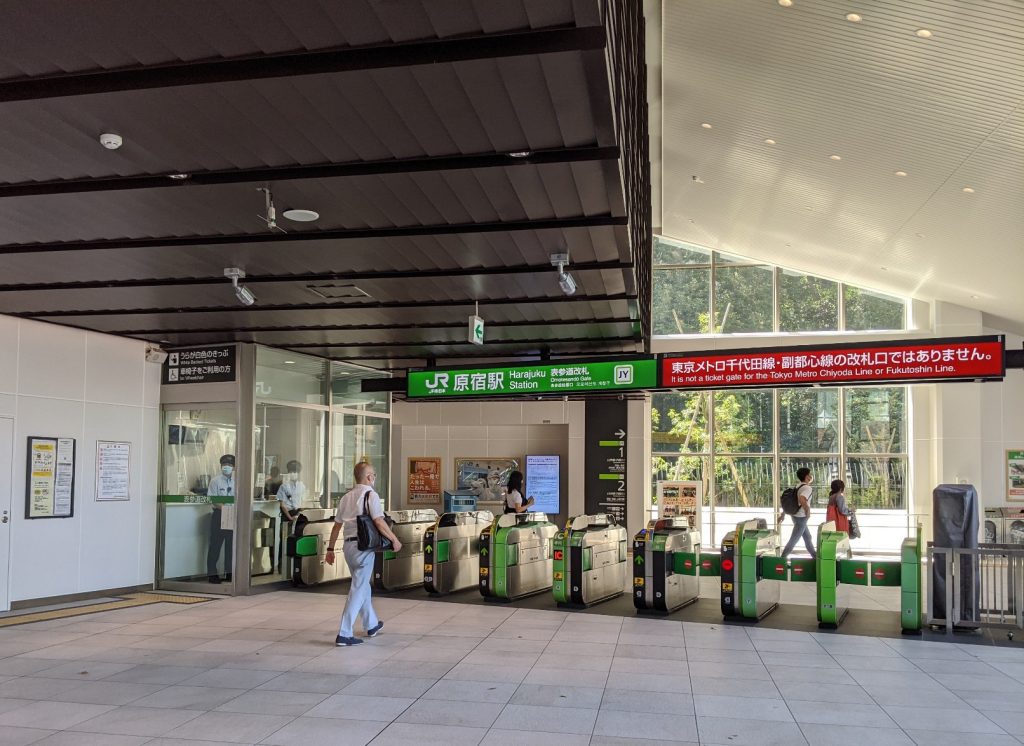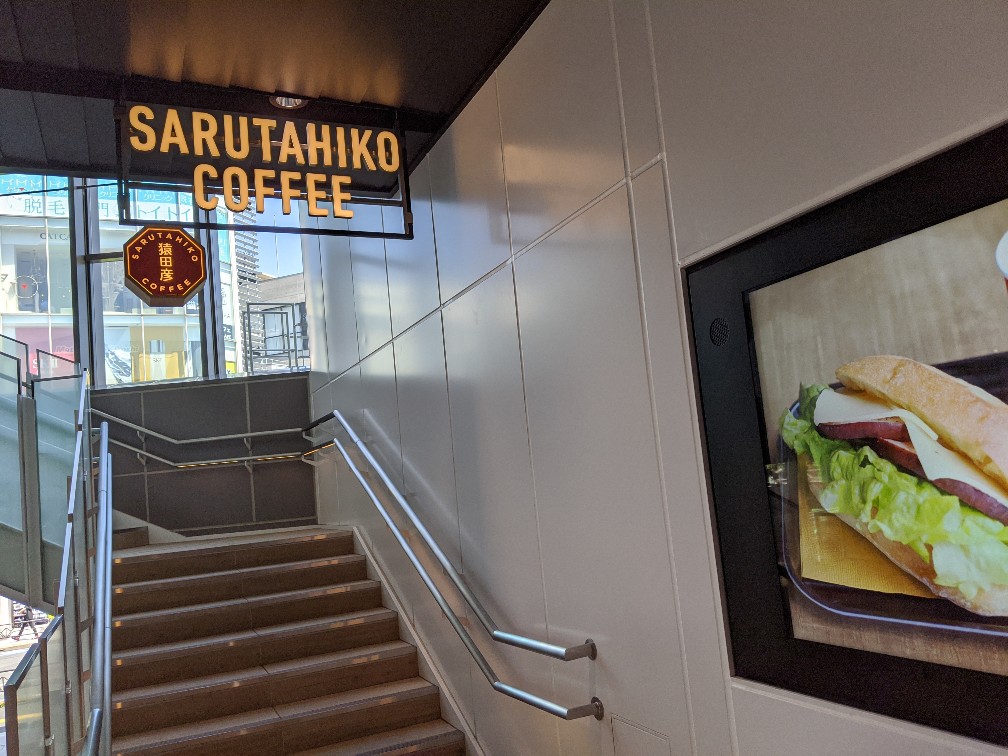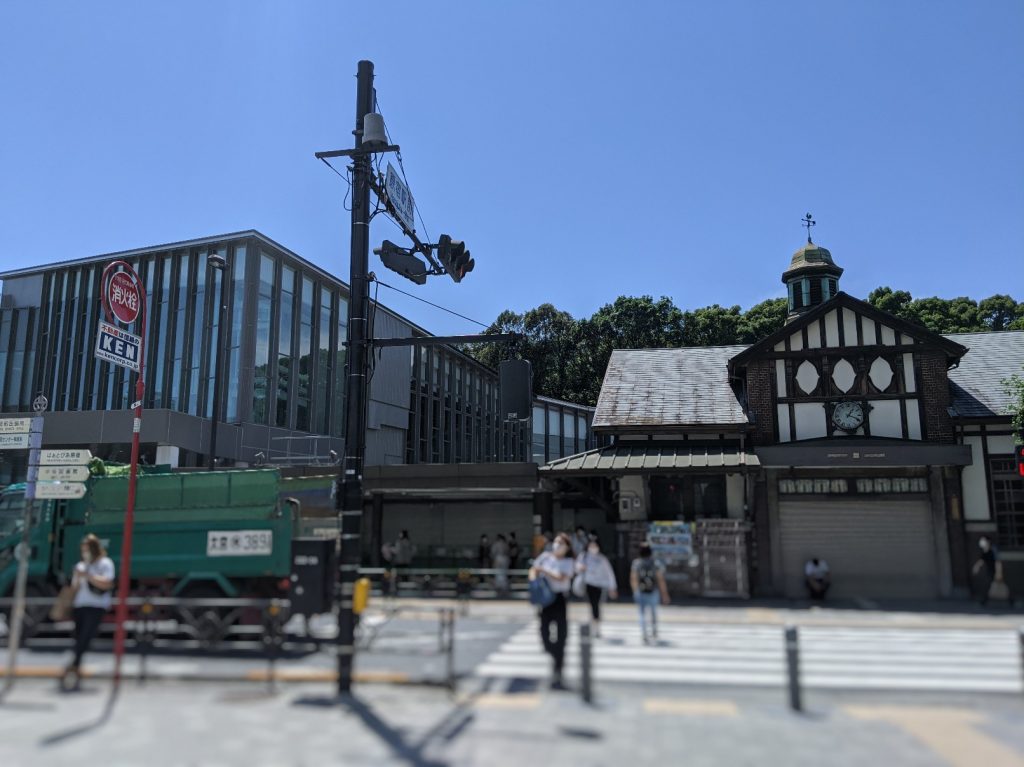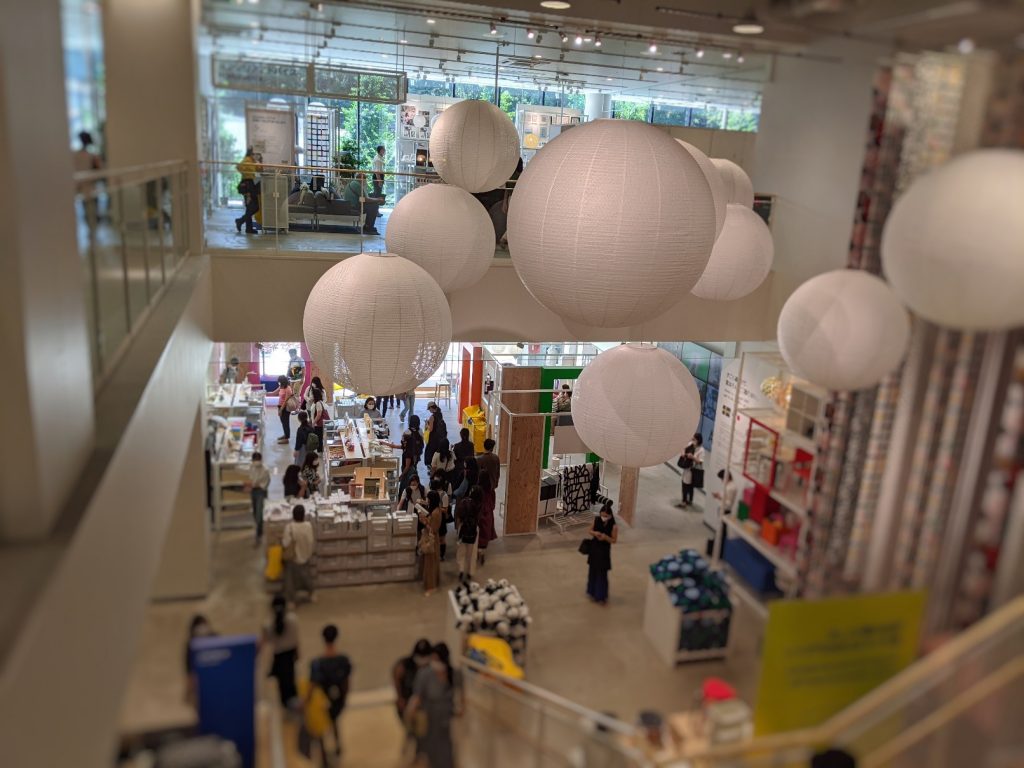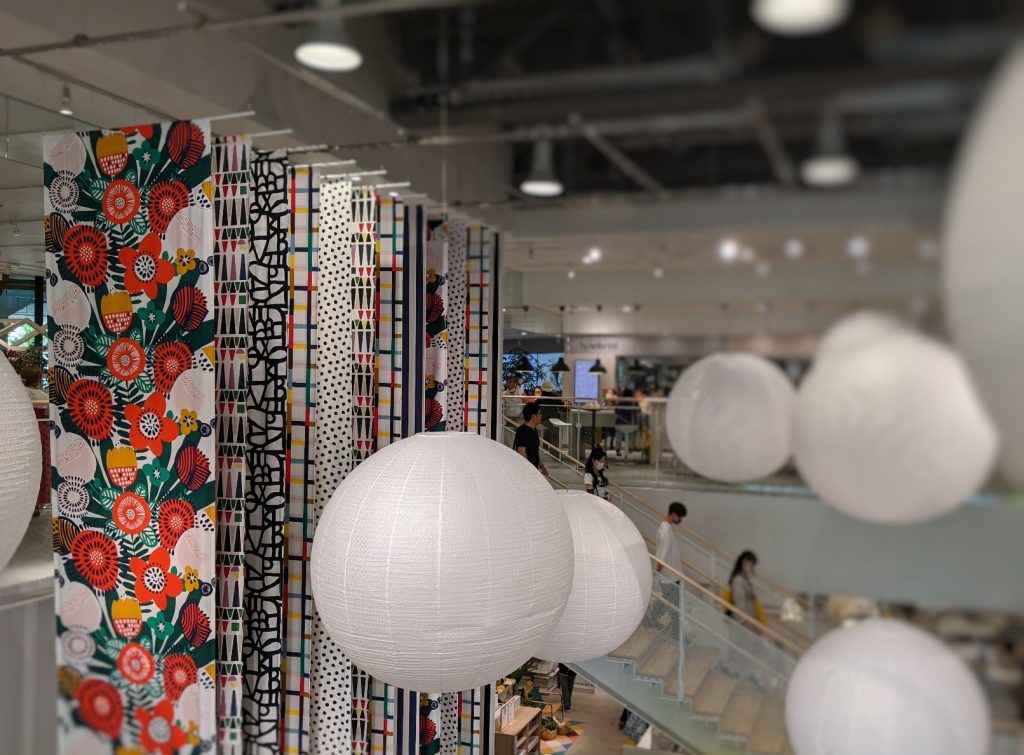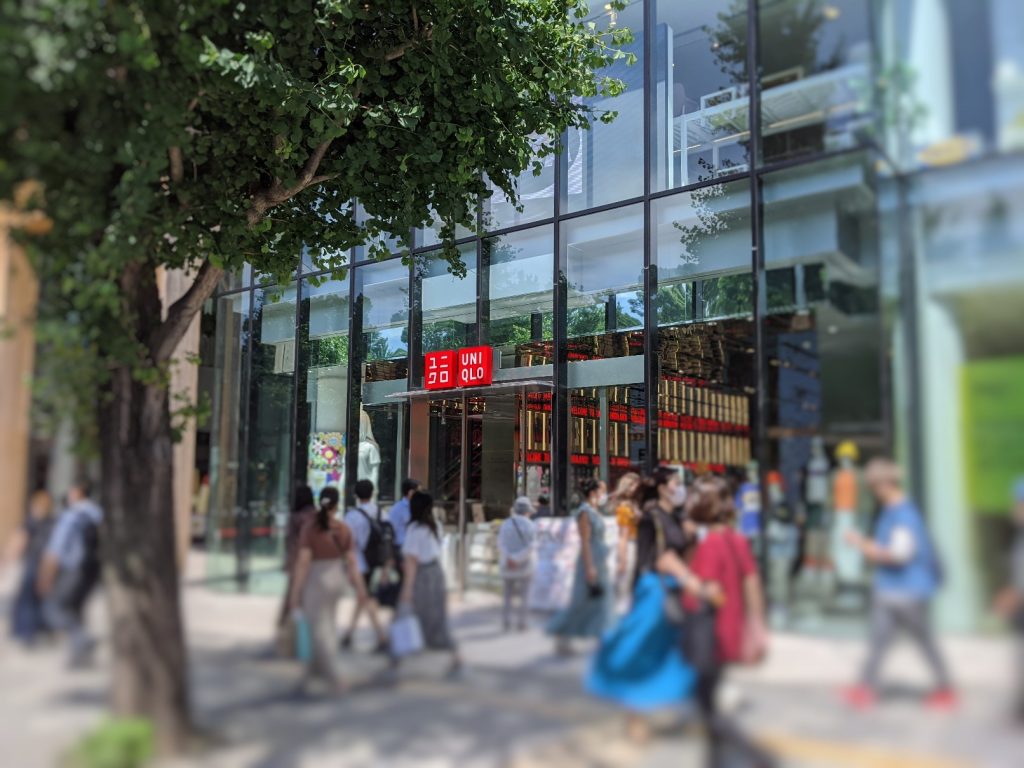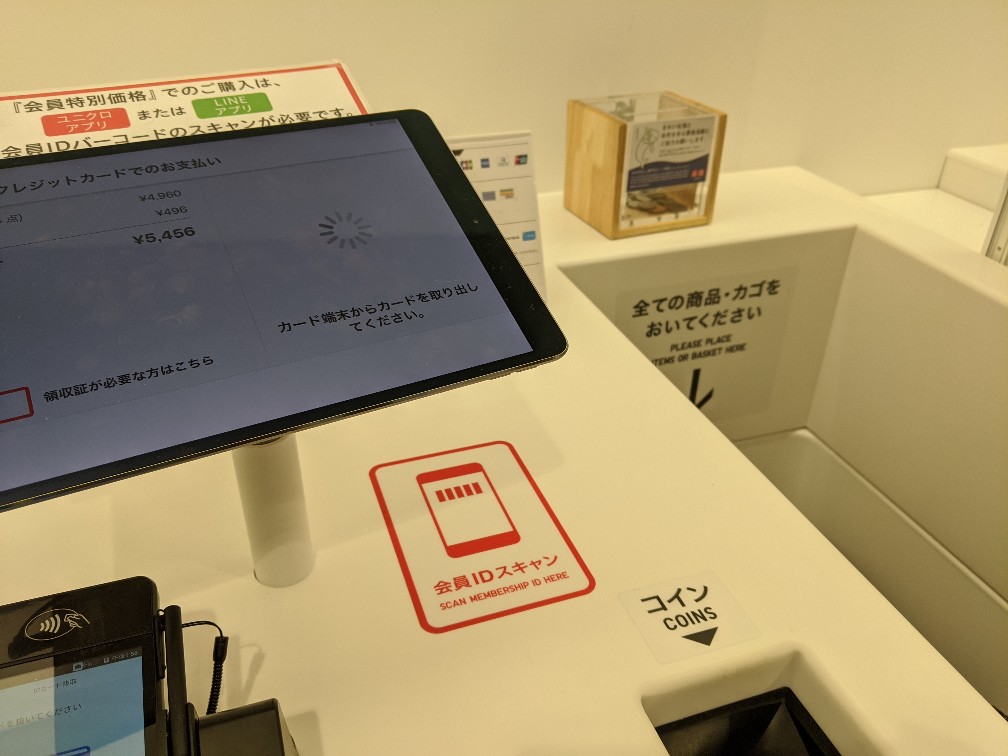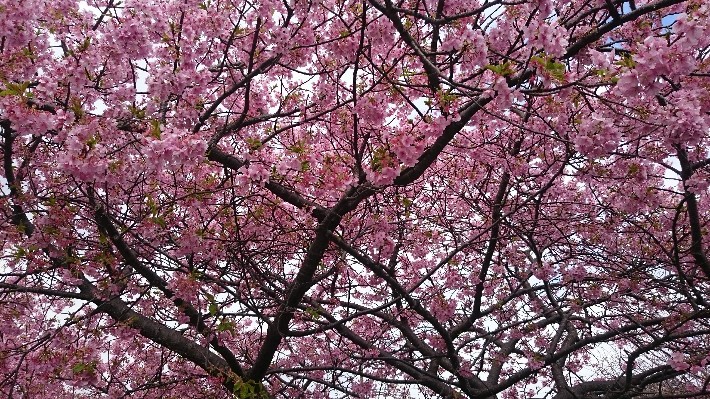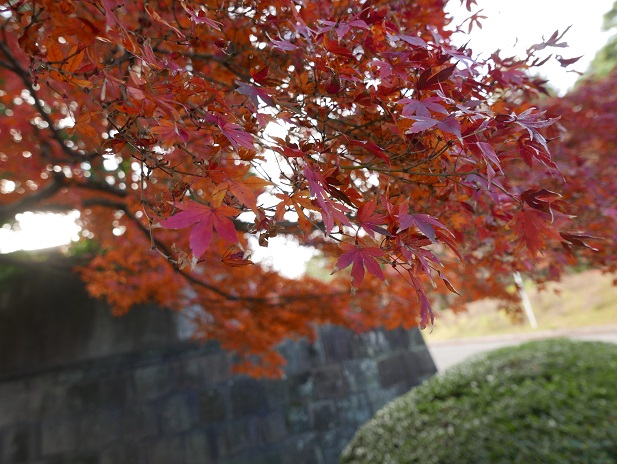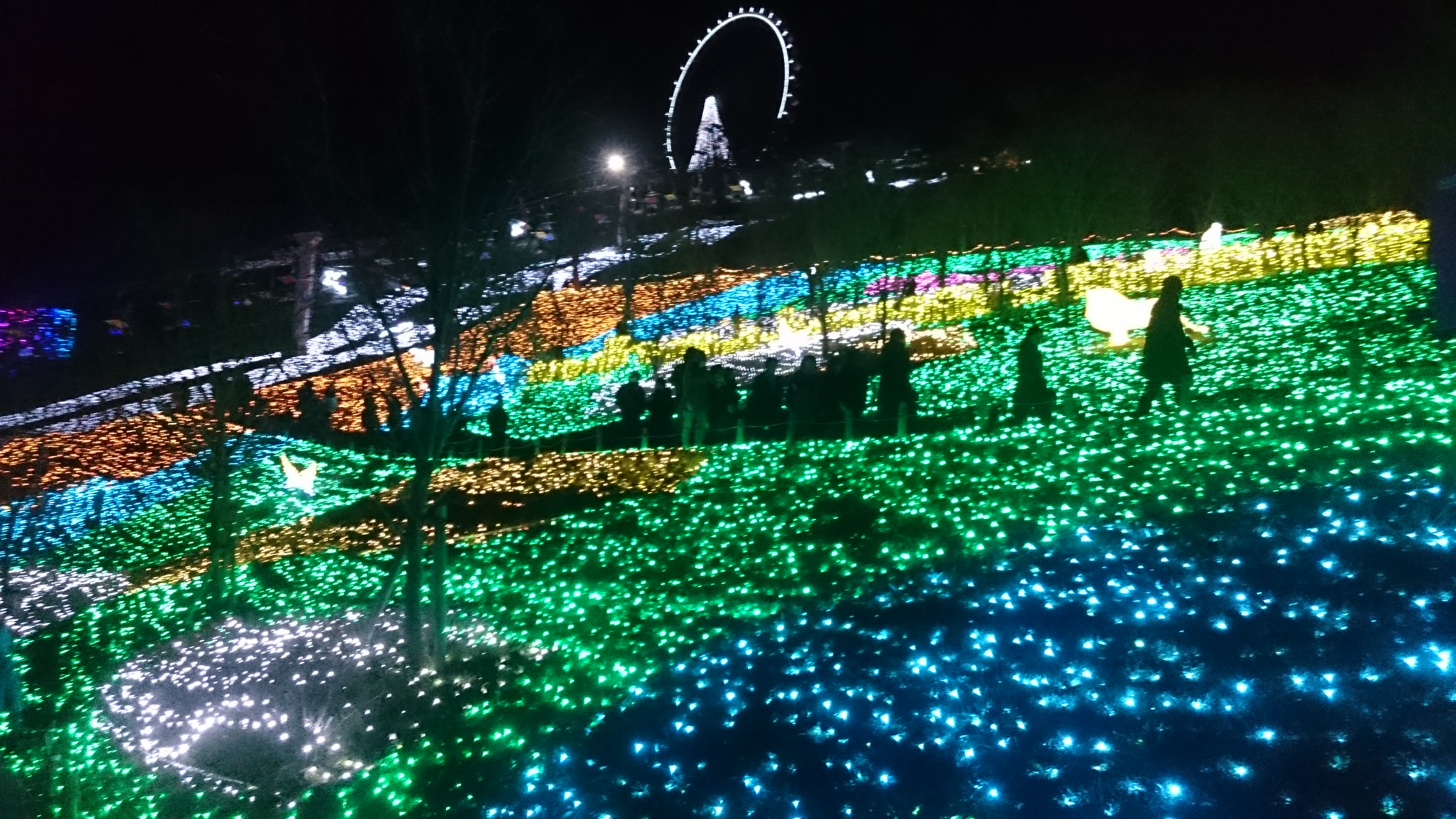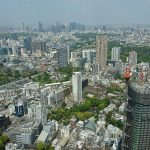New and renewed stations in Tokyo for the Tokyo Olympic Games
The number of foreign visitors to Japan had continue to increase until the beginning of the year, the 2020 Olympic Games in Tokyo were scheduled to be held. In the run-up to the Olympics, there was a rush to build commercial facilities, hotels and condominiums in Japan. But unfortunately, the Olympic Games were postponed due to the new coronavirus. Now, the number of Japanese people going out has been decreasing, not to mention the number of foreign customers, and many businesses such as restaurants and hotels are facing a difficult time.
The main means of transportation in Tokyo is not by car, but by rail. Several stations and the surrounding areas also have been redeveloped and for the 2020 Olympics. Today I’m going to introduce to you about some of the new and improved stations and their surrounding areas. It’s been a tough start but when you are able to travel to Japan again someday, please visit there.
※ Click and you can jump to each spot↑
New Stations!
I introduce two new stations in Tokyo.
Takanawa Gateway station(高輪ゲートウェイ駅)
Takanawa Gateway station is the 30th station on the Yamanote Line between Shinagawa and Tamachi stations; it opened provisionally on March 14, 2020. The Takanawa Gateway station is located in the business area of Tokyo and has good access to Haneda Airport. Shinkansen trains also run from Shinagawa Station to the Kansai area such as Osaka and Kyoto.
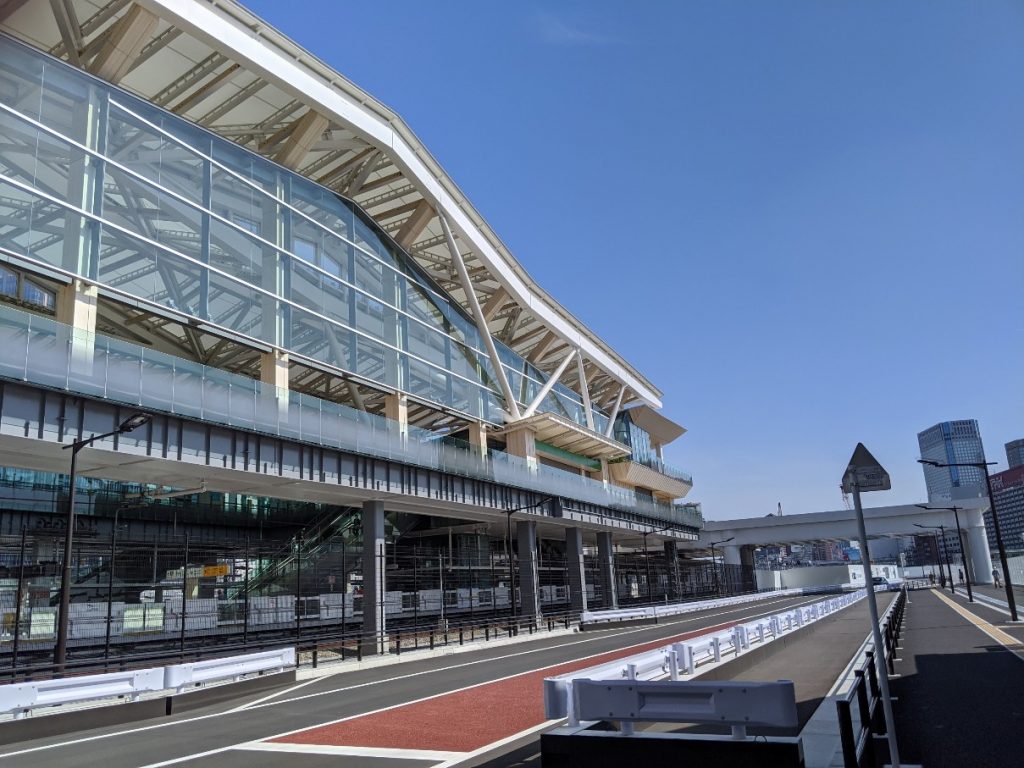
Due to its location, the development plan was based on the concept of an international business exchange base, with various plans including residential facilities for business persons from abroad, a large station square, offices, commercial facilities, and a walking deck from Shinagawa station. During the Olympics, public viewing and sporting events were scheduled to be held in a temporary event facility. It was a very exciting new city…but the new coronavirus has made for a very disappointing start…sadly.
Station structure and facilities
It’s a new station, and this is a new kind of space that has never been seen in a Japanese station before. The ceiling is so high that it reminds you of a foreign station. The high, bare ceiling is also very distinctive. The Takanawa Gateway Station has an atrium from the platform level to the ticket gate level, so you can see the tracks and trains on the platform level from the ticket gate level.
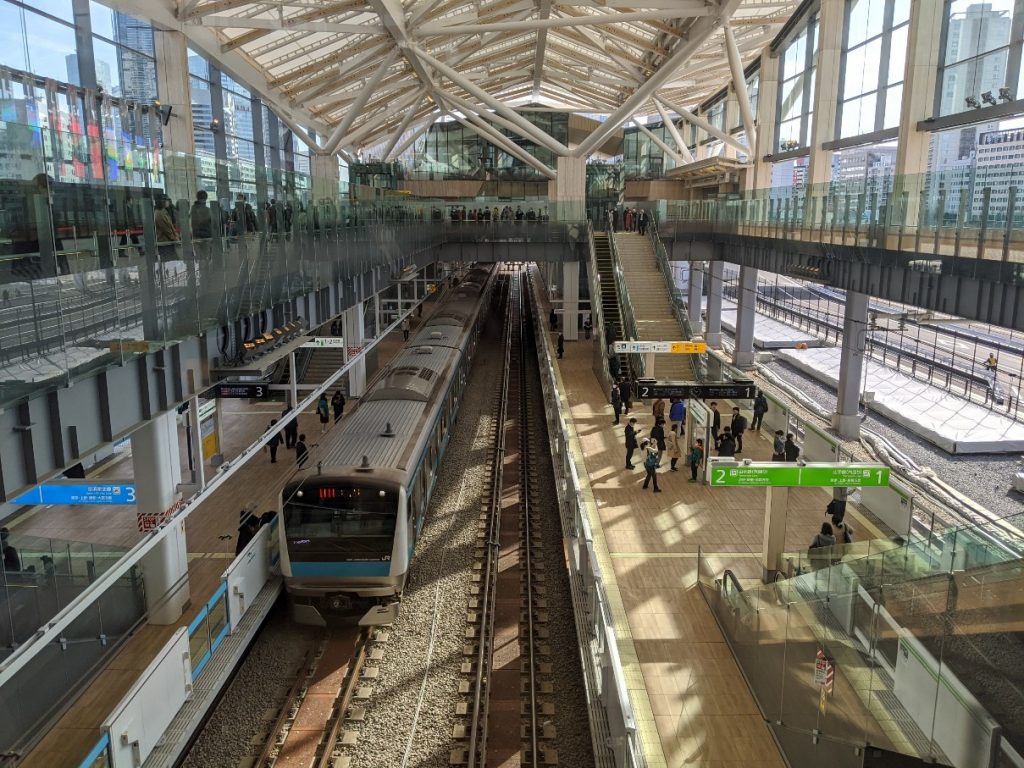
The floors in both the platform and the concourse are wood-grained with a Japanese-style. On the ticket gate level, there is a bench on the Shibaura side where you can see the train depot. And this depot is right in front of the platform for the Keihin Tohoku Line. Train fanatics will love it. There is a large space where projection mapping is projected inside the station.
Takanawa Gateway station is a test station with robots for cleaning and information services, and an unmanned convenience store. The “TOUCH TO GO” unmanned convenience store is one that uses image recognition to automatically detect the items you want to buy in the self-checkout.
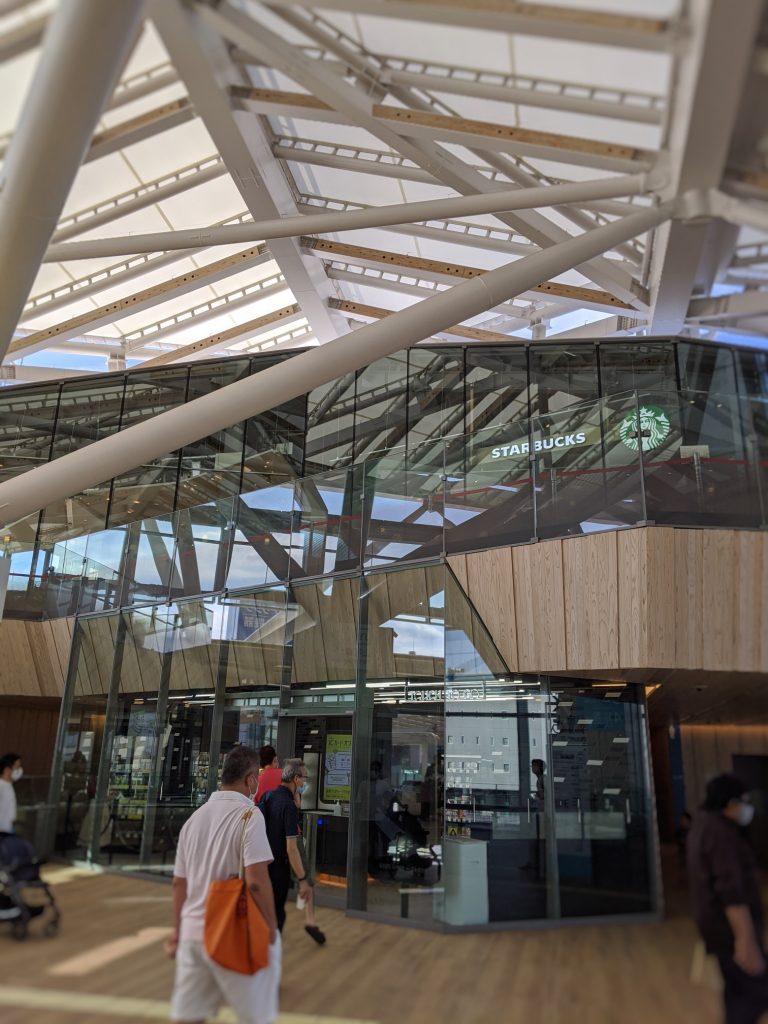
Takanawa Gateway Fest
There is a lot of temporary fencing around the area, and there are no buildings yet. The Takanawa Gateway Fest was held at the square in front of the station. The event has finished now.
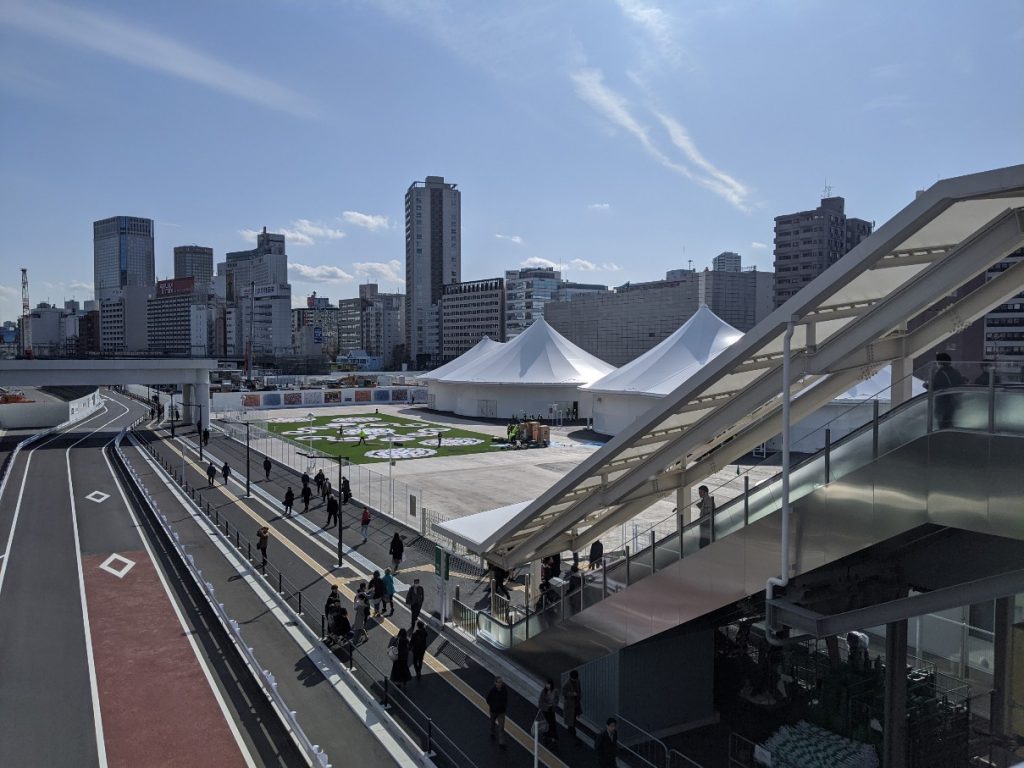
At the beginning of August, I went to “Takanawa Gateway Fest” which was held until September 6.
I made a reservation to see the “SPACE TIME JOURNEY“, a projection mapping art work. Many children and family watched this work.
There is an area for restaurants at the venue. There is an outdoor eating area with tables, chairs and parasols on the lawn, where you can eat and drink. There was also a restaurant where you can enjoy sake inside the big tent. To prevent the coronavirus, orders were made via the internet by reading a QR code. At night, there was a nighttime installation artwork called COSMOS. The tiles on the lawn would change color as people stepped on them or as time went on. Combined with the station, the night view is beautiful.
There are still not many people here, but I hope the world will settle down and the Takanawa Gateway area will develop as a new town.
(2020/11 postsprict)
The tents have already been removed and the construction work is underway for redevelopment.
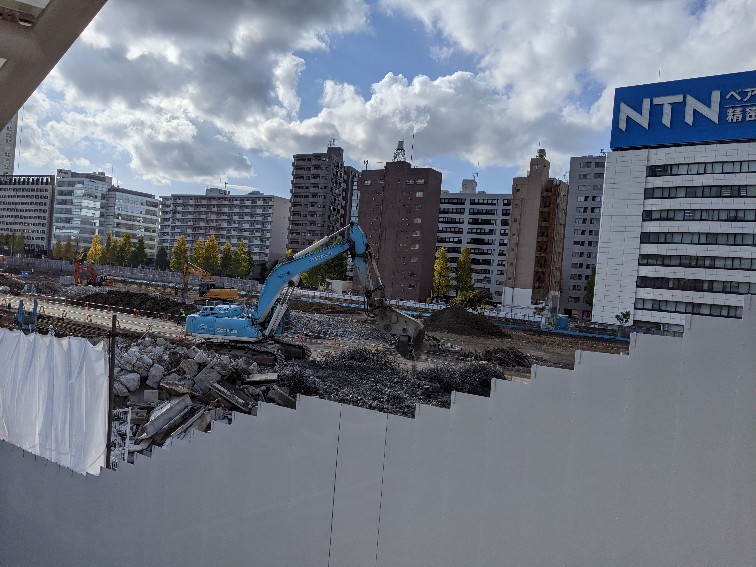
Toranomon Hills station (虎ノ門ヒルズ駅)
This is the new station on the Tokyo Metro Hibiya Line, which opened in June 2020. Toranomon(虎ノ門) is a redevelopment area near the political center of Kasumigaseki and the office district of Shimbashi.
Toranomon Hills(虎ノ門ヒルズ), which is also the name of the station, is currently under development and will consist of four buildings. The current main building is the “Mori Tower”, a 52-story skyscraper with five floors above ground and five floors below, which will house shops, offices, residences, and a hotel (Andaz Tokyo). The “Business Tower” will open in June alongside the new station, the “Residential Tower” will be completed in 2021, and the “Station Tower”, which will be directly connected to the new station, is scheduled for completion in 2023 with shops, a hotel, and offices. The development of Toranomon Hills is progressing in an area that is truly at the center of Tokyo’s political and economic life.
Until now, Toranomon Hills Mori Tower has been the closest station to Toranomon Station, a five-minute walk away, but this station has been created to further improve accessibility. It’s surprising! Also, the BRT (Bus Rapid Transit) is scheduled to run to the bay area where the Olympics will take place, and Toranomon Hills station was the first stop on the line. The new coronavirus has delayed the start of service and it will start in October 2020.
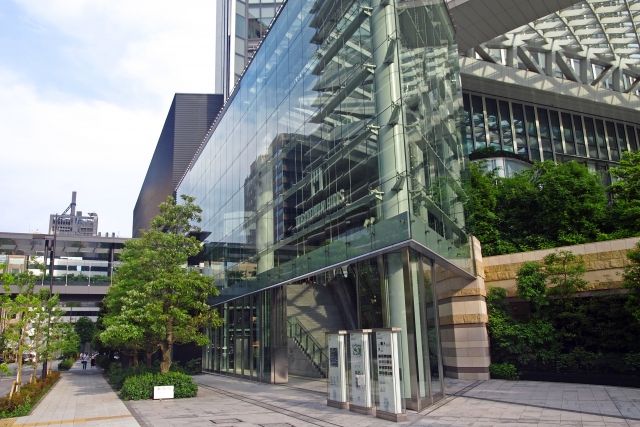
Like Roppongi, Toranomon Hills is being developed by Mori Building CO., LTD. Like Roppongi Hills, the area has an upscale feel to it, but personally I’m not too familiar with it. I haven’t been to Toranomon yet, I want to visit there someday!
Station improvement
I introduce several stations improved.
Harajuku Station(原宿駅)
Harajuku station building
The old Harajuku station building is 90 years old, and it is the oldest existing wooden station building in Tokyo, but it was rebuilt because it did not meet fire safety standards. In addition, the concourse and ticket gates were improved because the station was too small for the number of passengers.
The area in front of the station was being developed, and the IKEA Harajuku store opened in June in front of the station. I visited there in July, so I will introduce it today.
In Harajuku Station, the platform for the Yamanote Line outer tracks was also changed due to the station’s improvement. Actually, I heard this platform is the one for the Meiji Shrine prayers, which was only open on from 1st to 3rd in January. After this improvement of the station this time, it is determined to be used regularly.
The left building of the above right photo from the platform is “WITH HARAJUKU“, which is a new commercial complex includind the IKEA Harajuku. The triangular roof of the old station building can be seen next to it (in July 2020). The old station building is now under demolition and may not be seen someday.
Going up the stairs to the concourse, it’s a lot different than before! In the old station building, there was almost no large concourse, only a bridge across the platform, but there is a new, wider concourse! High ceilings, large windows, and a bright atmosphere. The ticket gate is also very wide. The bellow photo is the Omotesando ticket gate. There are east and west exits, and you can also go out to the Meiji Shrine area from the west exit.
The outside of the building is made of glass, so it looks stylish! There is an old station building next to it. The stylish specialty coffee shop “Sarutahiko Coffee The Bridge Harajuku” opened in the station premises.
The IKEA Harajuku and WITH HARAJUKU
The IKEA Harajuku is on the first floor of WITH HARAJUKU, the building next to the crosswalk in front of the Omotesando exit ticket gate of Harajuku station. This is the redevelopment of an old apartment building and its surroundings.
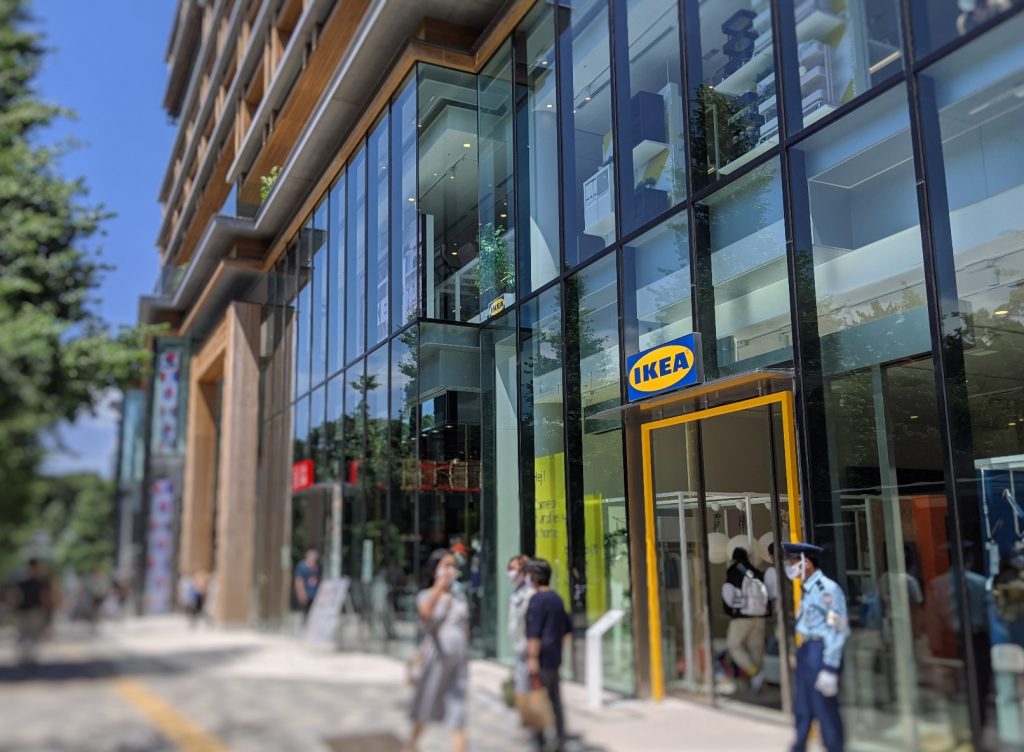
As IKEA Harajuku is a city-center store, the store is compact and has a selection of carefully selected items. The display seems to be designed with the image of urban living in mind. Customers deliver large furniture and take small items home.
The sales floor is on the first and second floors, and the best space is this atrium! The space feels bright and spacious. The flying balloons and hanging tapestries are stylish.
“WITH HARAJUKU” including IKEA has 16 stores, and next to IKEA is UNIQLO. UNIQLO happened to be selling “Airism masks” and I could get one! This was a big help because there was a shortage of masks at that time. And for the first time, I got to experience the self-checkout at Uniqlo.
In addition to UNIQLO, there are various other stores such as Shiseido Parlour and Starbucks. In addition, there is a hall and co-working space on the 3rd floor.
The rooms on the 4th floor and above are for rent, but as expected, the rent is amazing. A low-rise room of 40㎡ is about 300,000 yen per month and a high rise room of 80㎡ is nearly 1,000,000 yen per month. From the Harajuku station, it’s only a minute walk away. The western and southern areas of central Tokyo are high-class residential areas. I understand this expensive rent fee…
The Harajuku, Meiji Shrine, and Omotesando area is home to many different spots. The green urban oasis of Yoyogi Park and Meiji Shrine, Takeshita Street and Laforet Harajuku for young people, and the fashionable adult town of Omotesando. There used to be many foreign visitors to Meiji Shrine and Takeshita-dori in particular, but the situation has changed drastically due to the effects of the new coronavirus.
The crowds in Tokyo are slowly returning, but I hope that Harajuku/Omotesando will return to its vibrant state with new stations.
Shibuya station(渋谷駅)
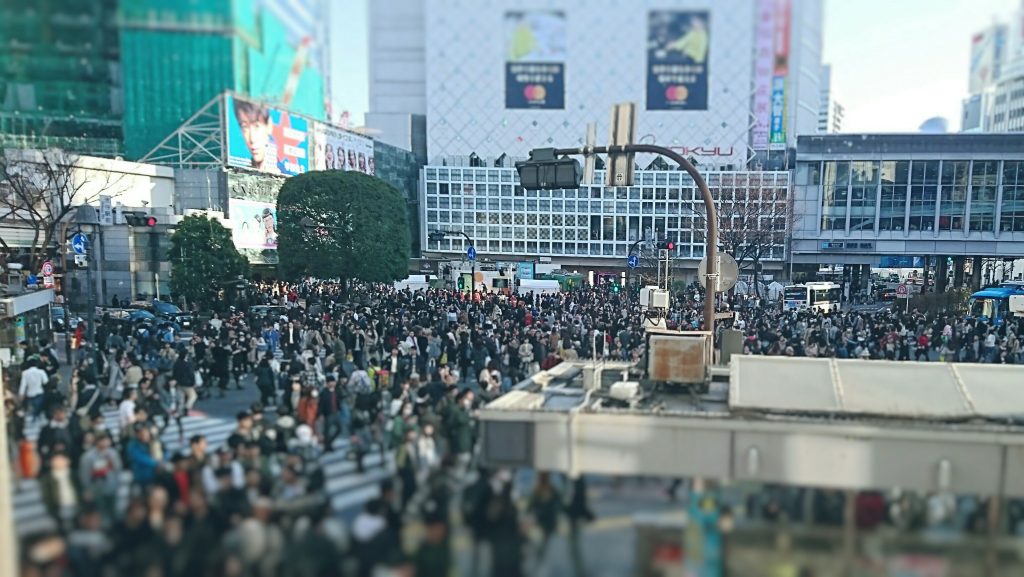
The area around Shibuya station, which is famous for the scramble crossing, is undergoing a lot of redevelopment, and the maze of the station is being upgraded to make it more convenient for a flow line and transfers.
We wrote a bit about the relocation of the Saikyo Line that took place in May 2020 on Twitter here.
There have also been various other improvements, starting with the undergrounding of platforms on the Tokyu Toyoko Line, the relocation of the Tokyo Metro Ginza Line, and the closing of the Tokyu Department Store, which is directly connected to the station.
There has also been a remarkable development of commercial and office space in the area, with nine projects, six of which have already opened, one is tentatively open, and two are under development. In addition to the area around the station, a department store called PARCO, which is aimed at young people, has been newly renovated and opened, and a park in the ward called Miyashita Park will be turned into a commercial complex. Those projects are too big to mention here. I hope to introduce this area at another time.
Shibuya represents the young people’s district, but it’s actually one of the most damaged areas in Corona. Shibuya has many IT companies’ offices, so the demand for restaurants for employees, and offices has decreased as a result of the rapid increase in remote work. Redevelopment is going on, but I’m worried about the future of the area.
Shinjuku Station(新宿駅)
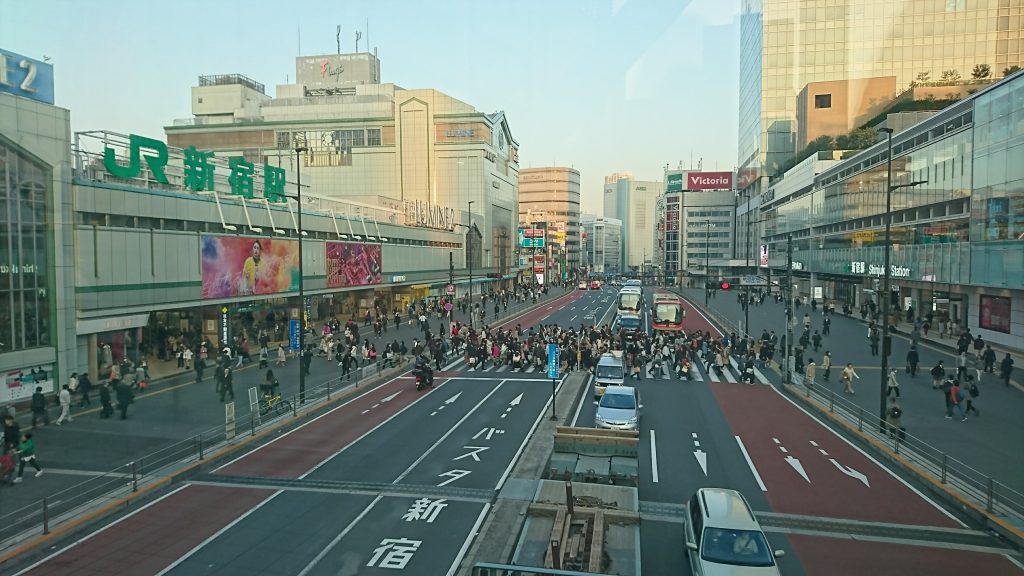
Shinjuku Station is a huge station with more than 10 lines and the largest number of passengers in the world, and it was like a maze inside. There was no free passage between the west exit (the office area) and the east exit (the downtown area), so people had to take a long way around by going through under the overpass or the under passage. The East-West Free Passage opened in July 2020, and it seems to have improved convenience considerably. This is big news for residents around Tokyo!
I haven’t visited the station yet, but I’d love to see the flow line in person in the new passage of Shinjuku station.
(2021/03 Postscript)
I was finally able to visit the passage. It’s a wide road!
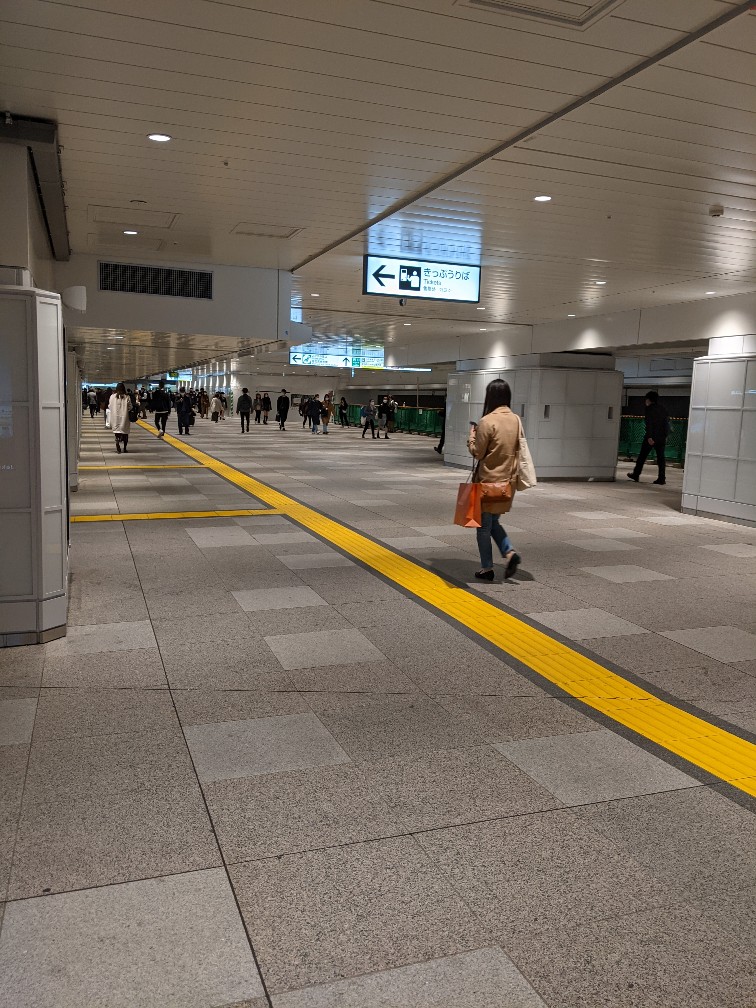
Others and for the Tokyo Olympic Games
Yokohama Station, another maze station, is also undergoing major improvements, and some new commercial facilities are opening adjacent to the station. Also, although it’s more of an area than a station, the Tokyo bay area, which was supposed to be used for many Olympic venues, is also being developed. I want to introduce these cities on another occasion someday.
I think again the redevelopments of the above all areas are a reminder that Japan was working towards the 2020 Olympics… The enormous impact of the COVID-19 is incalculable…
This is my tweet before the spread of the COVID-19. So painful…

Japanese OL. (OL means “office lady”. Women who work in offices.)
I was born in a rural part of the Kanto area in the latter half of the 1980s. I live and work in Tokyo now. I live with my husband. I study English by writing this blog!

